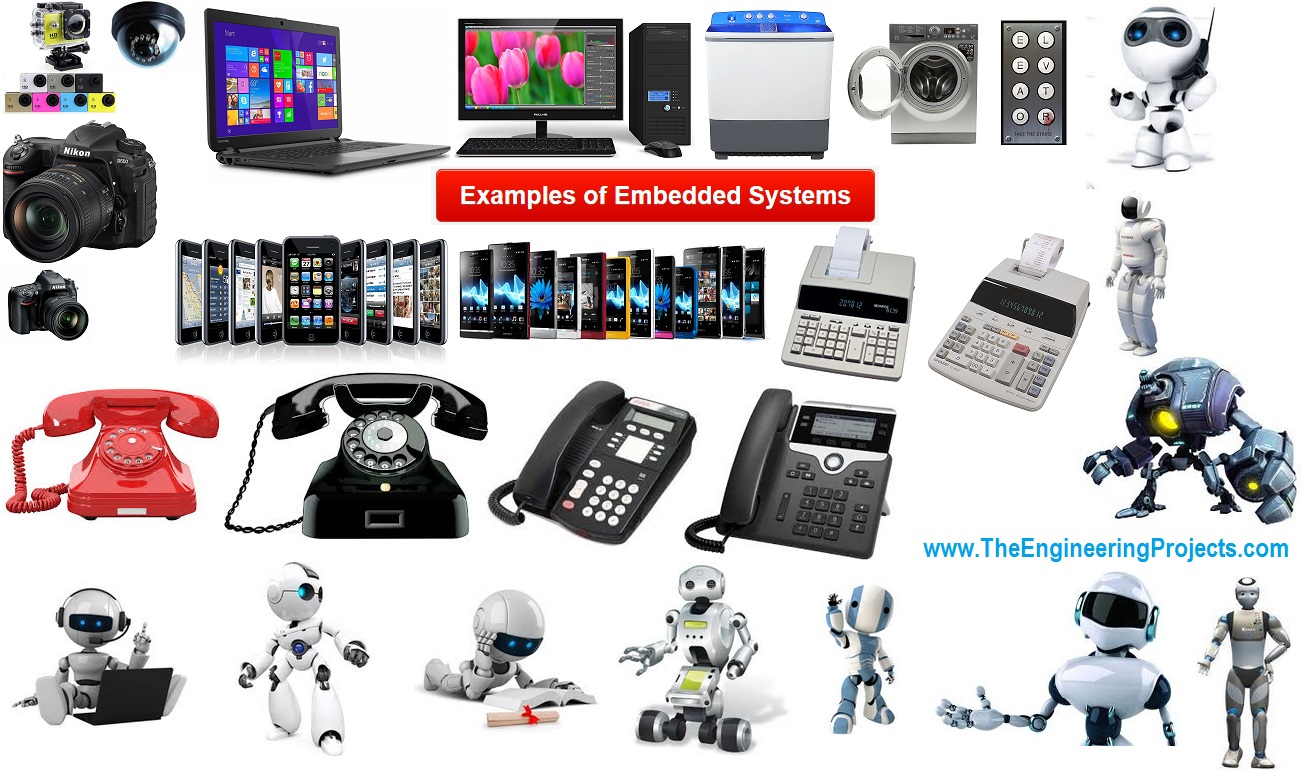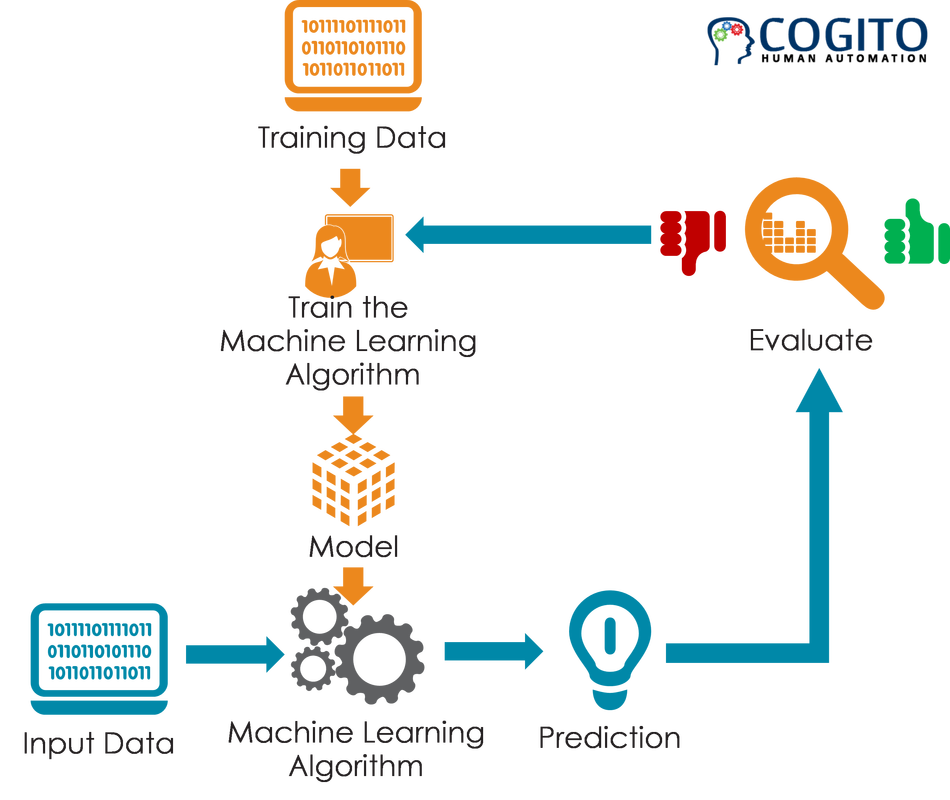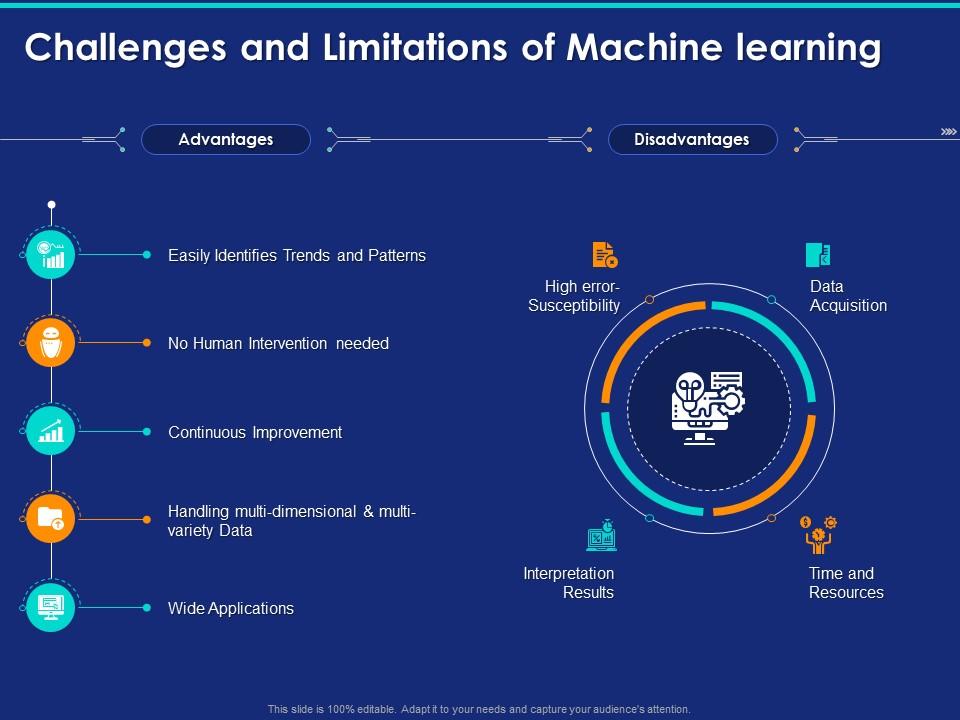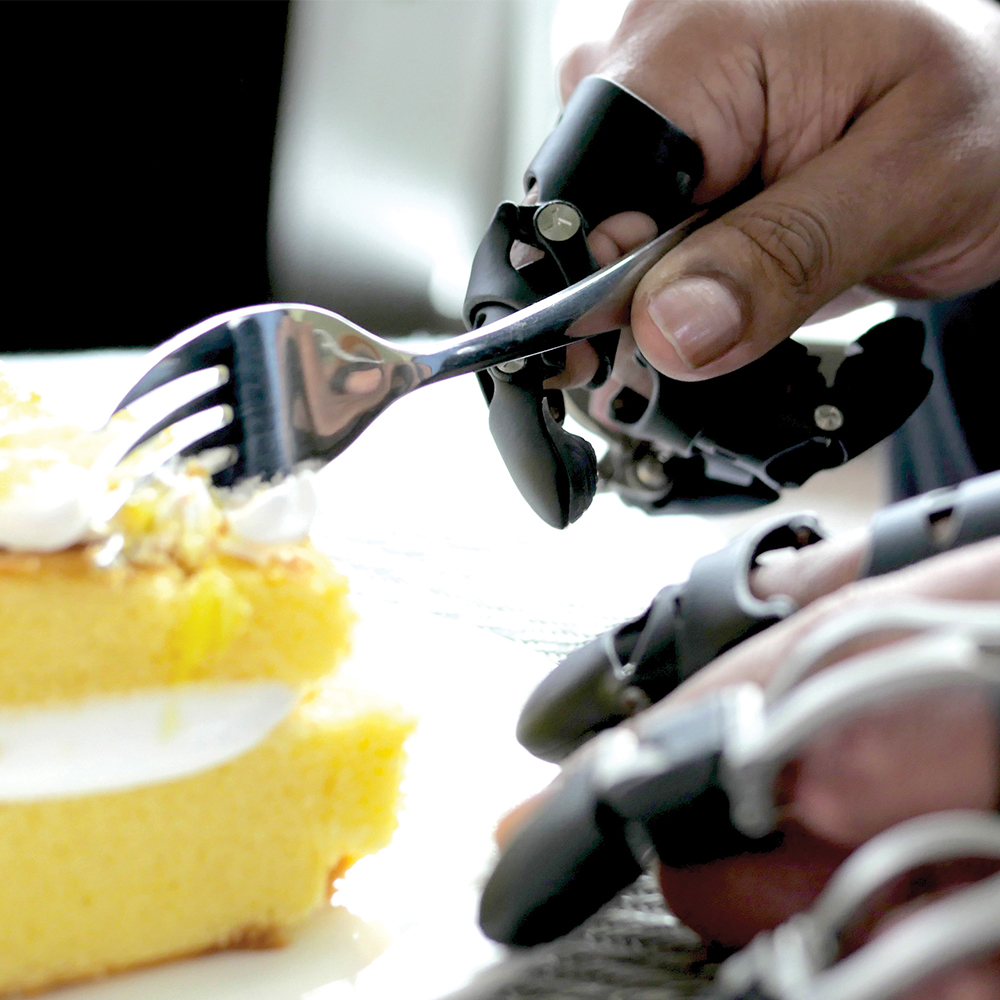Artificial Hand Using Embedded System Presentation
| Introduction | ||
|---|---|---|
| The use of embedded systems in artificial hands revolutionizes prosthetic technology. Embedded systems combine hardware and software to create intelligent and interactive prosthetic devices. These systems enable amputees to regain dexterity and perform complex tasks with their artificial hands. | ||
| 1 | ||
| Components of an Artificial Hand | ||
|---|---|---|
| An artificial hand consists of sensors, actuators, microcontrollers, and power sources. Sensors detect muscle movements and feedback from the environment. Actuators enable the hand to perform gripping, grasping, and releasing motions. | ||
| 2 | ||
| Microcontrollers in Artificial Hands | ||
|---|---|---|
| Microcontrollers are the brain of the artificial hand. They receive input from sensors and process it to generate appropriate output signals. Microcontrollers also enable communication between the hand and external devices. | ||
| 3 | ||
| Sensor Technology in Artificial Hands | ||
|---|---|---|
| Sensors in artificial hands can include surface electromyography (sEMG) sensors, force sensors, and pressure sensors. sEMG sensors detect electrical signals produced by muscles and translate them into hand movements. Force and pressure sensors provide feedback to the user regarding the strength of grip and object manipulation. | ||
| 4 | ||
| Actuator Technology in Artificial Hands | ||
|---|---|---|
| Actuators in artificial hands can be pneumatic, hydraulic, or electric-based. Pneumatic actuators use compressed air to generate motion in the hand. Hydraulic actuators utilize fluid pressure for hand movements, while electric actuators use motors. | ||
| 5 | ||
| Control Algorithms in Embedded Systems | ||
|---|---|---|
| Control algorithms determine how artificial hands respond to sensor input. These algorithms consider factors such as grip force, object shape, and user intention. Advanced algorithms can adapt to different tasks and environments for increased functionality. | ||
| 6 | ||
| Power Sources for Artificial Hands | ||
|---|---|---|
| Artificial hands can be powered by batteries, fuel cells, or energy harvesting systems. Batteries provide portability but have limited lifespan. Energy harvesting systems can convert body heat or motion into electrical energy to power the hand. | ||
| 7 | ||
| Challenges and Limitations | ||
|---|---|---|
| Developing robust and reliable embedded systems for artificial hands is a complex task. Ensuring seamless integration between the hand and user's nervous system remains a challenge. Cost and accessibility of advanced embedded technologies can limit widespread adoption. | ||
| 8 | ||
| Advances in Artificial Hand Technology | ||
|---|---|---|
| Recent advancements include the use of neural interfaces for direct control of the hand by the user's thoughts. Prosthetic hands with haptic feedback allow users to sense the shape and texture of objects. Machine learning techniques are being applied to improve the accuracy and responsiveness of artificial hands. | ||
| 9 | ||
| Conclusion | ||
|---|---|---|
| Embedded systems have transformed the field of prosthetics, enabling amputees to regain functionality and independence. Ongoing research and development aim to overcome current challenges and enhance the capabilities of artificial hands. The future holds promising advancements in artificial hand technology, bringing us closer to fully functional and natural-feeling prosthetics. | ||
| 10 | ||








